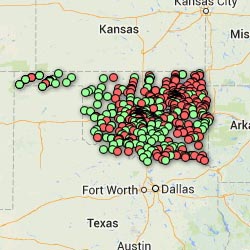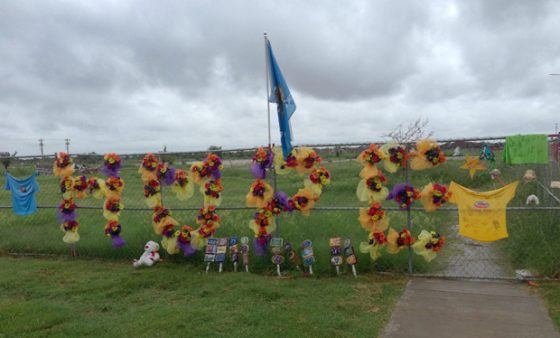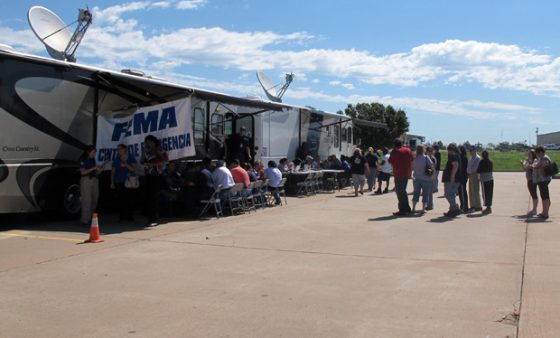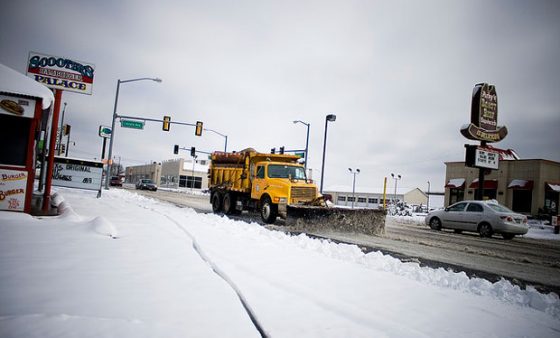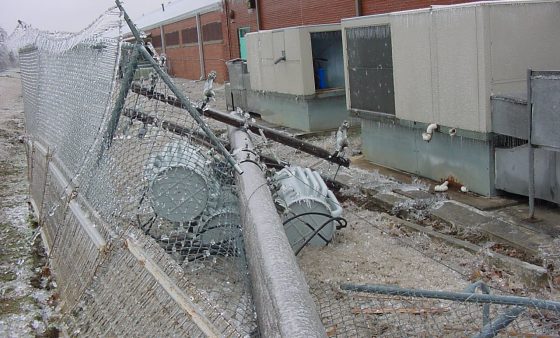Disaster Spending
Oklahoma’s State Emergency Fund was created in 1963 to help communities respond to disasters.
Once a presidential disaster declaration has been formally issued, the federal government pays 75 percent of the reimbursement costs to cities, counties, electric cooperatives, water districts and other entities that sustained infrastructure damage.
The state has not had any presidential or federal disaster declarations in 2012, thus far.
Oklahoma had 30 federally declared disasters in 2011, data from the Federal Emergency Management Agency show. This includes one emergency declaration, four major disasters and 25 fire management assistance declarations.
Since 1953, Oklahoma has had:
- 70 major disaster declarations
- 10 emergency declarations
- 78 fire management assistance declarations
The remaining 25 percent of the reimbursement costs are split between the state and individual entity.
When it comes to spending on cleanup and rebuilding, ice storms are generally more costly than tornadoes or wildfires, according to emergency management officials and spending data. Almost all the all the disaster costs from 2007-2010, for example, stemmed from severe winter storms.
Counties, cities and towns are the first reimbursement priority. Electric cooperatives — which account for half the amount incurred by 2007–2010 disasters — are usually the last to be reimbursed.
Latest stories

